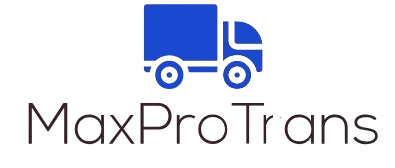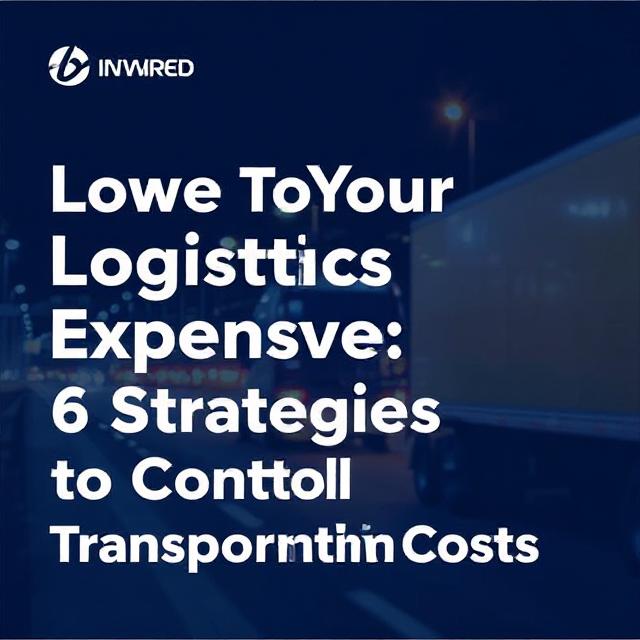Looking to reduce logistics expenses? Explore 6 effective strategies to control transportation costs and improve overall supply chain efficiency.
✅ Keywords:
reduce logistics costs, transportation cost control, logistics expense reduction, transportation savings, freight cost strategies, optimize supply chain, lower transportation expenses, logistics management
✅ Category:
Logistics Optimization
🚛 Lower Your Logistics Expenses: 6 Strategies to Control Transportation Costs
Rising transportation costs are eating into supply chain budgets across industries. With fuel prices fluctuating, labor shortages intensifying, and customer demands growing, logistics professionals are under pressure to do more with less.
Fortunately, there are practical, data-driven ways to lower your logistics expenses and control transportation costs — without sacrificing speed, visibility, or customer satisfaction.
Here are 6 proven strategies to help you get started:
1️⃣ Optimize Delivery Routes Using Real-Time Data
One of the quickest ways to lower costs is to reduce mileage. Route optimization tools help identify the shortest, fastest, and least congested paths.
Why It Works:
- Less fuel consumption.
- Shorter delivery times.
- Reduced driver hours and overtime.
Pro Tip:
Invest in AI-powered systems that adjust routes in real-time based on weather, traffic, and delivery windows.
2️⃣ Consolidate Shipments to Maximize Load Capacity
Empty or half-full trucks waste fuel, time, and money. Consolidating freight helps fill trucks and reduce the number of trips.
Cost-Saving Benefits:
- Lower freight costs per unit.
- Fewer dock door appointments.
- Minimized handling and risk of damage.
Pro Tip:
Group regional deliveries and coordinate with other suppliers for co-loading when possible.
3️⃣ Leverage Transportation Management Systems (TMS)
A robust Transportation Management System automates planning, execution, and freight auditing — saving hours of manual work and preventing costly errors.
Benefits of a TMS:
- Improved visibility and control.
- Smart carrier selection and rate comparisons.
- Automated documentation and invoicing.
Pro Tip:
Choose a TMS with real-time tracking, analytics, and load planning capabilities.
4️⃣ Shift to Intermodal or Multimodal Transportation
Truck-only transportation can be costly. Intermodal options — like combining rail and truck — can cut long-haul costs and reduce your carbon footprint.
Why It Matters:
- Rail is up to 4x more fuel-efficient than trucks.
- Predictable pricing on major lanes.
- Lower linehaul costs for bulk freight.
Pro Tip:
Evaluate routes with the highest costs and test rail or barge options.
5️⃣ Build Strong Carrier Relationships
Good partnerships = better pricing. Carrier loyalty can earn you volume discounts, priority service, and waived surcharges.
Key Tactics:
- Stick with a small group of high-performing carriers.
- Review KPIs (on-time rates, claims) quarterly.
- Share demand forecasts to improve scheduling.
Pro Tip:
Renegotiate contracts annually to reflect changing volumes and fuel trends.
6️⃣ Conduct Regular Freight Audits
You’d be surprised how often billing errors occur. Freight audits help spot overcharges, duplicate payments, and accessorial fees that can quietly drain your budget.
Audit Wins:
- Immediate savings from error correction.
- Better insight into shipping patterns.
- Leverage for future rate negotiations.
Pro Tip:
Use automated audit software or partner with a third-party logistics audit firm for best results.
🔚 Conclusion
Transportation doesn’t have to be your biggest cost center. By applying these 6 practical strategies, you can reduce logistics expenses, enhance supply chain performance, and improve your bottom line — even in uncertain economic conditions.
The key is to combine technology, data, and partnerships for long-term efficiency and control.

